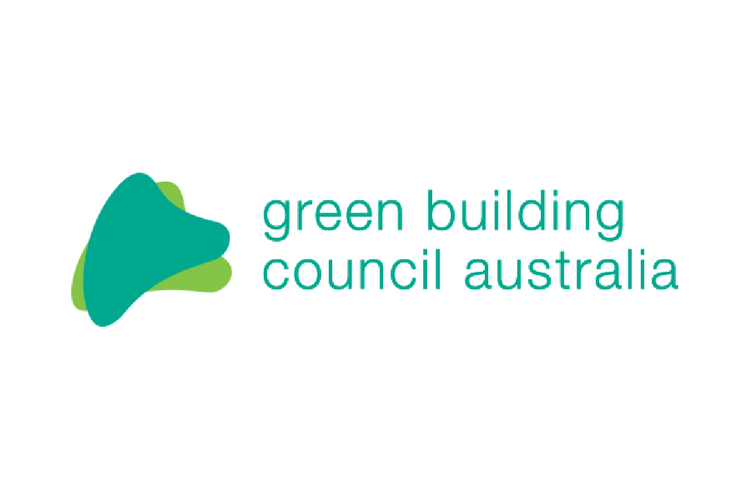
Split System Air Conditioning: how it works & tips for use
How does Split System Aircon work?
Also called reverse cycle air conditioning, a split system air conditioner works to cool or warm your home, creating a comfortable living environment by filtering the air and removing the moisture which causes humidity. Split system/reverse cycle is one the cheapest ways to cool and heat your home.
Split System Cooling
The principle behind air conditioning is simple. Two coils (one inside your home, the other outside) are connected by pipes filled with refrigerant. This fluid has the property of easily absorbing and rejecting heat, and is pumped through this circuit of pipes by a compressor. Two fans pass air over these coils.
During the cooling cycle, warmed refrigerant circulates through the outside coil where it releases heat and cools down. It moves back inside, and is circulated through the indoor coil.
The hot air inside your home is blown over this cold coil (and filtered and dehumidified at the same time) where it cools down and, in turn, cools your home. During this process the refrigerant warms up and moves back outside to repeat the cycle. (Your domestic fridge is a good example of this process.)
Split System Heating
When heating your home, warmth is generated by ‘reversing’ the operation of the air conditioner. Instead of expelling the hot air and circulating cool air it does the reverse, extracting heat energy from the outdoor air and sending it indoors (yes, even in cold weather there’s some heat energy in the outdoor air)—hence the term ‘reverse cycle’ air conditioning.
Points to consider before installing
The characteristics of your room will influence they type of unit you install. Consider:
- The size of the room: length, width and height
- The type of room: living room, open plan living room, kitchen, bedroom?
- Orientation of windows in the room: north or west-facing windows can let in a lot of Summer heat
- Insulation of the floor, ceiling and walls.
Why these points matter: systems that are too powerful for the room size will result in the room getting too cold or hot, inadequate dehumidification (i.e. not drying the air enough, making the room feel less comfortable), increased power consumption and running costs, as well as wear and tear on the system. Underpowered models, on the other hand, may have to run more often at maximum output, which could dry the air too much and also create excessive wear ad increased power consumption.
Where to locate your Air Conditioning unit
To ensure optimum performance, single package units or the outdoor section of split systems should have adequate ventilation and, if possible, be placed in a shady area.
- Direct sunshine and restriction of air access will reduce the air conditioner’s performance.
- Adequate clearance from obstructions is essential to ensure that exhaust air is not re-circulated back through the outdoor unit.
Energy saving tips
Generally the best temperature to set your air conditioning to is around 24 – 25°C in summer and 17 – 19°C in winter. You can save considerably on the amount of energy consumed for each 1°C of cooling or heating that you do without.
For example when it’s 35° outside, setting your air conditioner to around 25, rather than say, 22, can save a significant amount of energy without your system running constantly—try to balance between your comfort and the efficiency of the system.
Shade your windows in summer with curtains, awnings, or shutters to reduce heat absorption by up to 80%. Heavy linen curtains with pelmets will also help trap heat in winter. This all helps in reducing the overall running costs of your air conditioning.
Caring for your Air Conditioning unit
Air conditioning maintenance is always based on individual use, but in general you should check filters once a fortnight and replace the batteries in your remote control (where applicable) once a year. At the same time check the outdoor unit is clear of leaves, shrubs or dirt build up. To clean, simply brush or hose the outdoor coil. Please read the filter section below for more information.
Check and clean your filter regularly
The primary purpose of filters is to protect the indoor coil from dust build-up, which could reduce the overall performance of the air conditioner.
It is important to regularly check and clean your filter. The majority of service calls are due to a dirty or blocked filter and in most cases a service fee is charged even if the air conditioner is under warranty.
Most split system air conditioners have a specially treated additional filter that traps fine pollens etc which greatly helps people suffering from allergies. (Ducted systems can now have electrostatic air filters fitted, which is the ultimate in home or office filtration. We’ll be discussing ducted air conditioning in a later blog).
Air conditioning maintenance is just one simple fortnightly operation. Because the air filter in any air conditioner screens out dust and pollen particles, it should be removed regularly and washed. This simple operation is covered in the individual unit’s instruction manual.
All filters have a limited life span and will need replacing as over time they lose their dust holding capabilities. We recommend replacing a split system filter every two years.
Artec Solutions are experts in air conditioning supply, installation and maintenance. Our technicians are fully licensed and insured, and are trained to the most up-to-date industry standards. We pride ourselves on our workmanship and customer service, offering advice and solutions tailored to suit your requirements.
For more information, contact us via the button below or visit our Air Conditioning page.










